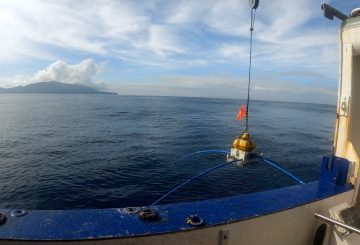尽管努力限制年轻人获得电子烟的机会,但许多国家的未成年青少年的使用量仍在增加。由于可重复填充的 “pod mod” 和一次性设备已变得越来越普遍,因此尤其如此。电子烟由于其时尚的设计和多种口味而对年轻人具有吸引力,但它们也构成风险。含有尼古丁的电子烟会导致成瘾,而使用电子烟的非吸烟青少年更有可能开始吸烟。
一些国家已经规定了最低法定销售年龄,试图减少未成年人的使用。例如,在新西兰,电子烟不能出售给18岁以下的任何人。澳大利亚更进一步,要求开具含尼古丁电子烟的处方。但是,在加拿大、英国、澳大利亚和新西兰等国家,青少年使用电子烟的人数持续增加。实际上,新西兰最近的一项健康调查发现,在过去一个月中,有20%的15至17岁的人使用过电子烟。
进行了一项研究,以了解未成年青少年如何获得电子烟。研究发现,“社交采购” 或朋友之间的分享是最常见的方式。未成年电子烟用户还可以从商业零售商处购买电子烟,有些人甚至偷走电子烟。
该研究还包括对30名使用电子烟的新西兰青少年的访谈。调查结果显示,所有参与者都与朋友、家人和工作熟人共享电子烟。一些参与者避免拥有自己的设备,只使用其他人的电子烟,他们认为这可以控制自己的使用。
大多数参与者要求年长的朋友或兄弟姐妹为他们购买电子烟。有些人甚至为这项服务付费。一些参与者要求他们在社交媒体或零售商店外认识的陌生人为他们购买电子烟。几乎所有参与者都知道向未成年人销售电子烟产品的零售商,许多人从这些零售商那里购买了电子烟产品。
该研究表明,需要加强零售商的监督和执法,以防止未成年人销售。它还强调了制定减少电子烟产品可用性和吸引力的政策的必要性。监测政府计划的一次性电子烟销售禁令的影响可能就是其中一项措施。




























































